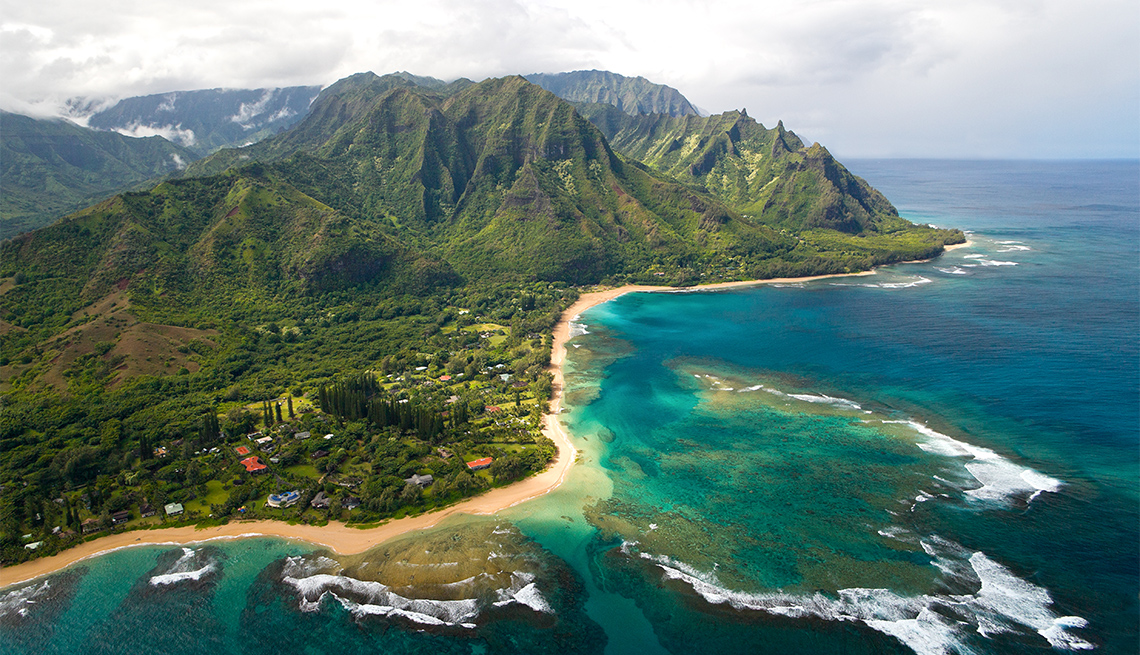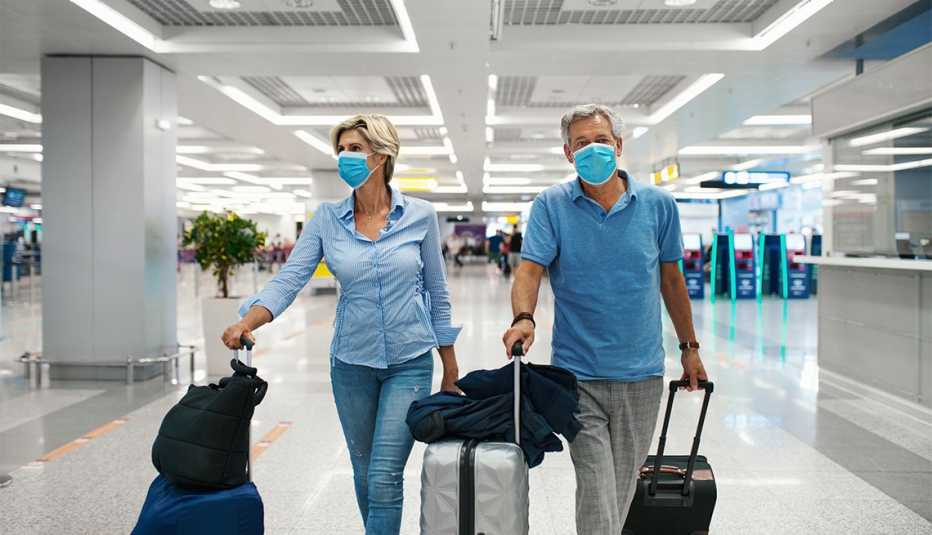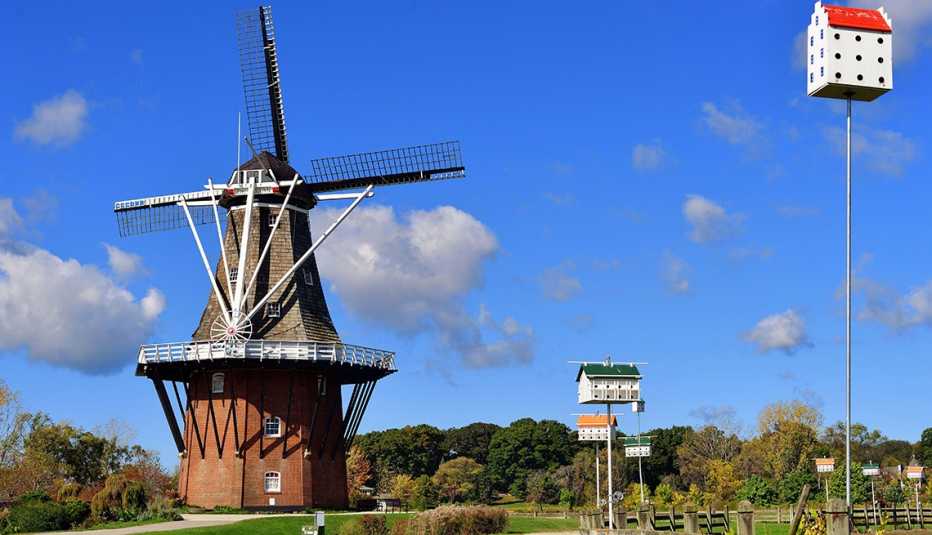Staying Fit
The Hawaiian islands were just beginning to welcome back the travelers that fuel their tourism-based economies when the new omicron coronavirus variant emerged this fall. The state is still welcoming visitors, but to prevent the spread of this highly contagious COVID-19 strain, it is continuing to maintain strict entry requirements for travelers, as well as infection-prevention measures on the ground.
The latest rules for visitors from the U.S. and its territories include COVID-19 vaccination and testing requirements: Travelers need to offer proof of full COVID-19 vaccination or, if they aren't vaccinated, present a negative Nucleic Acid Amplification Test (NAAT) result to avoid a mandatory 10-day quarantine. The state calls these the Vaccine Exemption Program and the Pre-Travel Testing Exemption Program. And all U.S. travelers must create a Safe Travels account, explained below. (Rules for international visitors or U.S. visitors arriving from other countries follow the general U.S. guidelines; they'll need to have proof of a negative COVID-19 test taken within 24 hours of departure to the U.S.)


AARP Membership— $12 for your first year when you sign up for Automatic Renewal
Get instant access to members-only products and hundreds of discounts, a free second membership, and a subscription to AARP the Magazine.
Once in Hawaii, visitors will find social gathering and restaurant capacity limitations, though they vary from island to island. On Oahu, Maui, Molokai and Lanai, for example, proof of vaccination or a negative COVID-19 test result is required for indoor dining.
The state still requires mask-wearing in indoor public spaces, regardless of vaccination status, and asks people to socially distance on beaches. The Island of Hawaii also requires face coverings in outdoor areas with crowds of more than 10 people and where 6 feet of social distancing cannot be maintained. (Note that everyone, vaccinated or not, also still needs to wear a mask in airports and on planes and other public forms of transportation across the U.S.)
These rules needn’t dissuade you from visiting — the islands are undeniably gorgeous and fantastic destinations. But a smooth and safe trip will require careful planning, respect for local regulations and a little patience.
Some tips:


































































